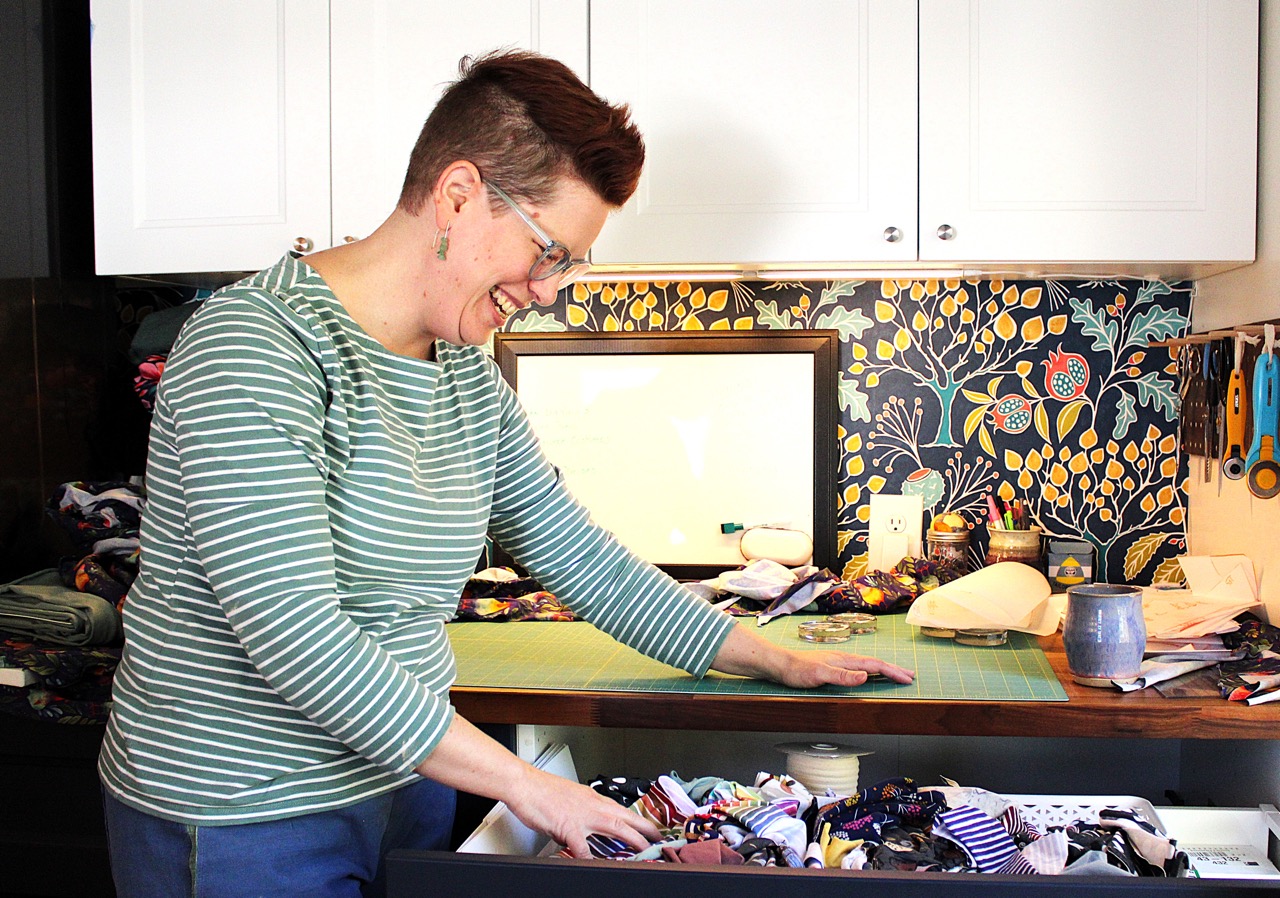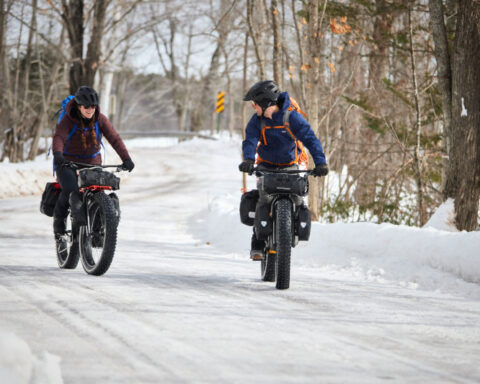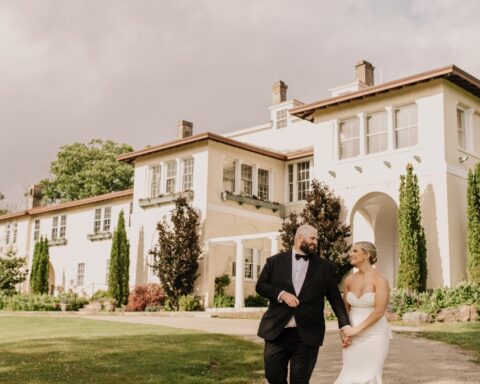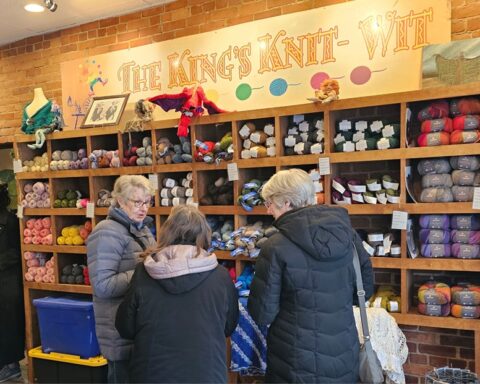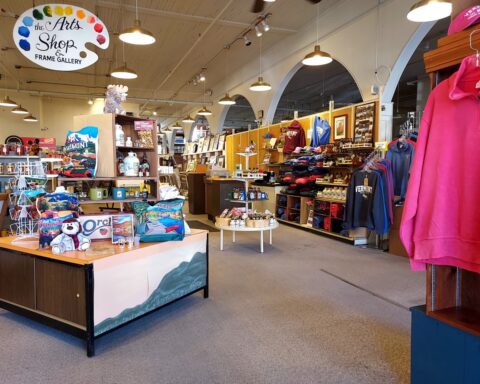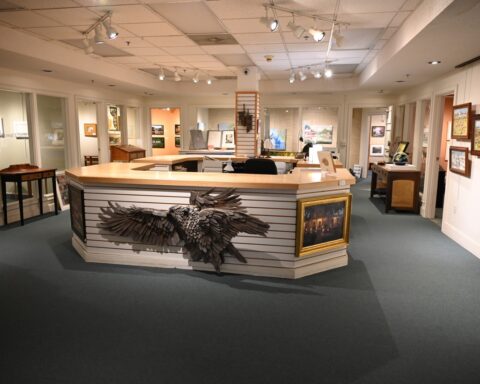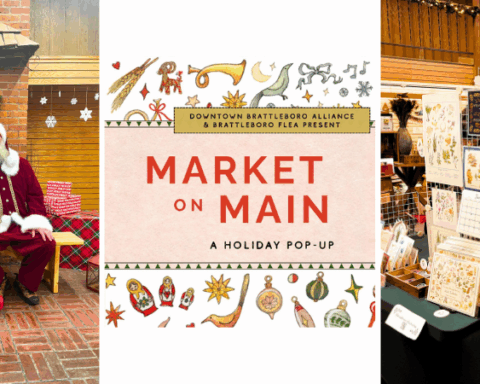By Danielle M. Crosier, Vermont Country Magazine.
BRATTLEBORO — Allyson Wendt, founder of the Brattleboro-based children’s clothing company Pocketful of Why, has had numerous careers before becoming a seamstress and children’s clothing designer. However, it was the combination of her lived experiences that brought the idea of Pocketful of Why to full fruition.
Describing herself as “endlessly curious about all sorts of things, and I love learning – random facts are always welcome,” Wendt said that she served as the managing editor for Building Green, a former newspaper and current online resource focused on environmental building news.
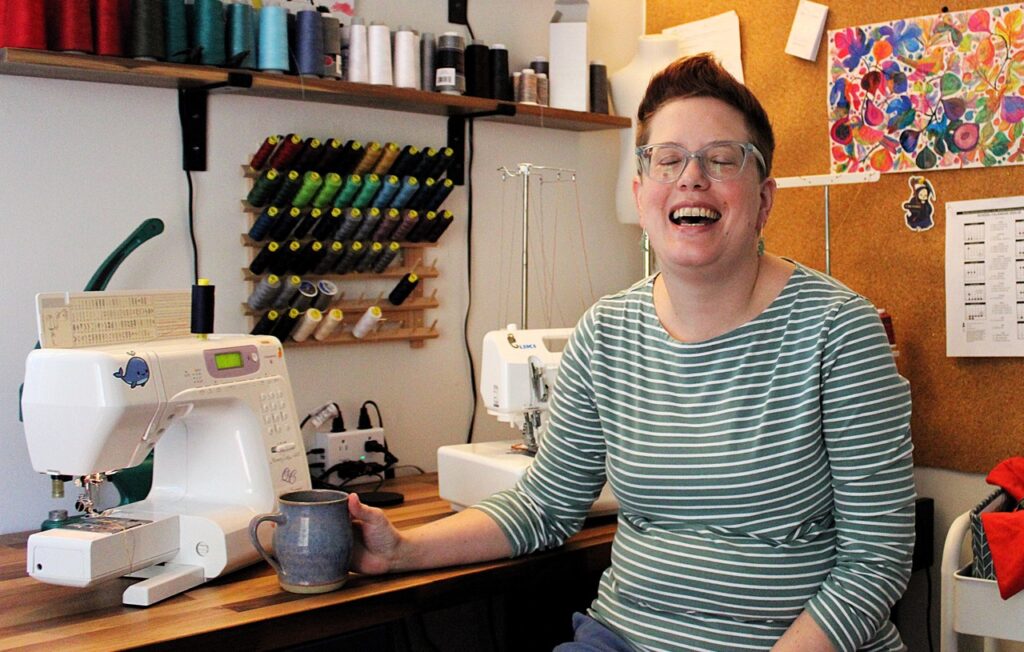
“That was years ago,” said Wendt, as she grinned and waved a hand dismissively. She paused and then added that she could see herself returning to editing sometime, but not in the foreseeable future.
According to Wendt, the evolution to seamstress and children’s clothing designer was a combination of “well, having babies” and “when she couldn’t find pants to fit over her kids’ cloth diapers.” To solve that problem, Wendt began exploring the fit and cut of traditional children’s clothing, and turned to historical patterns that had worked in the past – because they were practical.
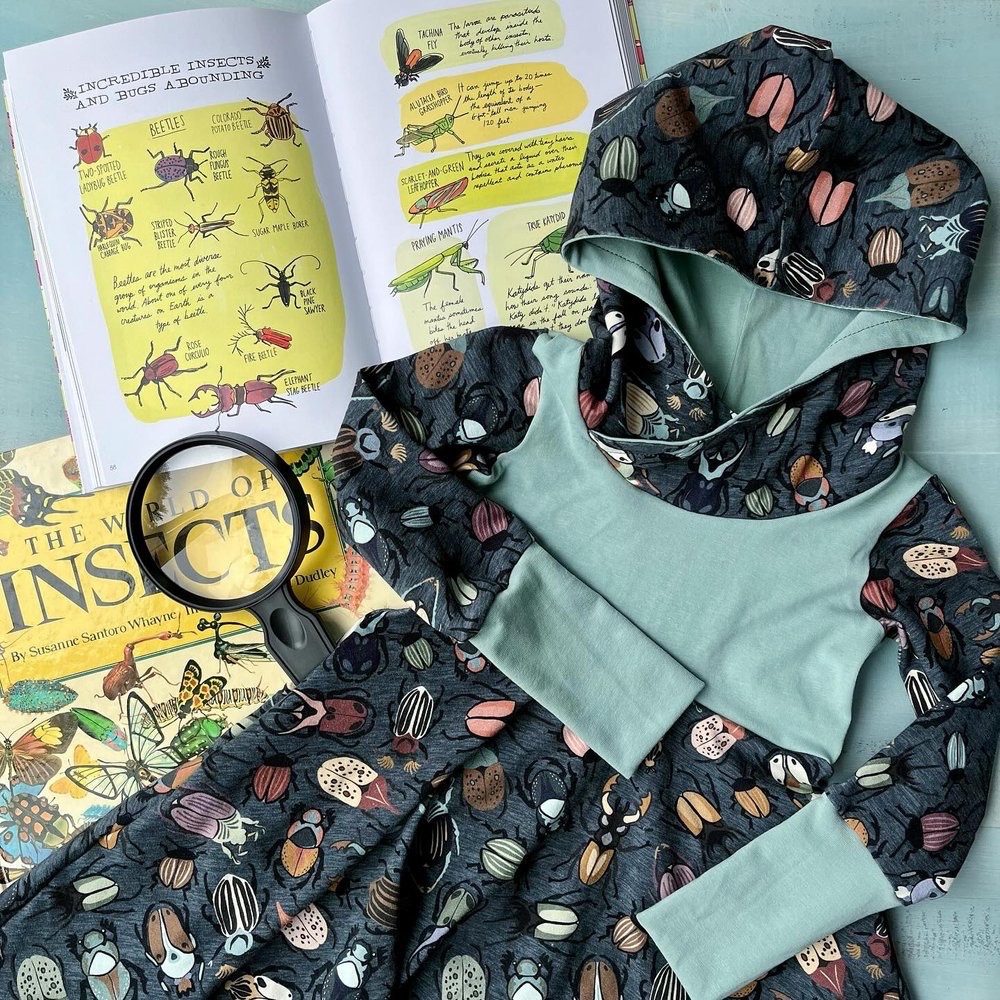
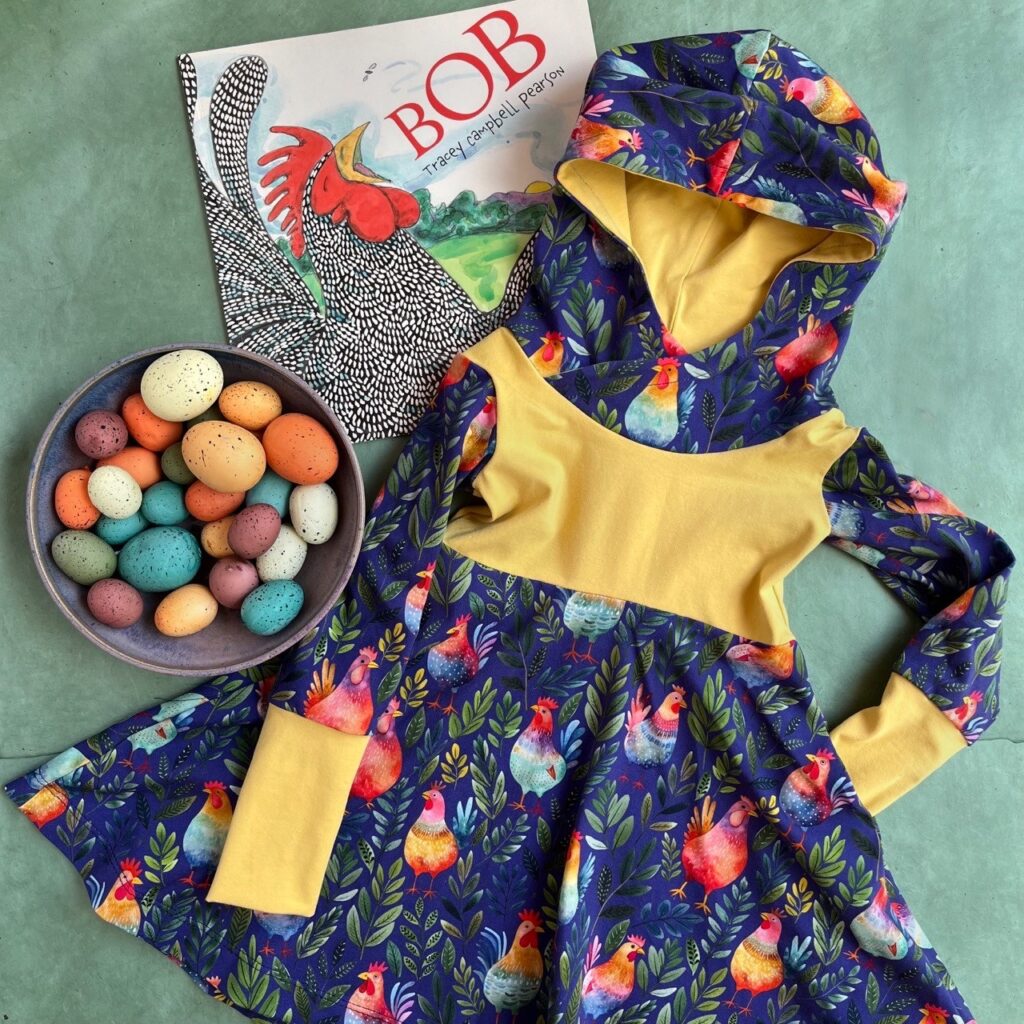
Wendt’s own pockets are full at the moment, though, having gone through challenges as a parent, the pandemic, a divorce, and buying and settling into a home in just the past few years.
Wendt, whose son is being tutored at home until a new placement in a therapeutic school environment becomes available, also has a daughter who is a type 1 diabetic. Her son, “twice exceptional” with autism and a learning disorder, is “very bright.” Her daughter requires an insulin pump, and Wendt described her life as, “My normal, but my parenting load is – it’s intense.”
With the pristine organization of her home and home studio, it’s evident that Wendt is able to carry this acutely high mental load with grace and humor – despite teetering on the brink of a stressful situation at any given time.
“Weird factoid about me, I worked for Circus Smirkus right out of college as a roustabout and then a stage manager,” laughed Wendt, adding that that was also where she met her ex-husband. “We drove a van we called the Frog – it was green and old, and held together with hope.”
More recently, Wendt worked as a communications manager for a local nonprofit. When personal health issues arose, though, Wendt was forced to take a step back.
“I developed very bad chronic migraines and a seizure disorder, and I just couldn’t work anymore. I had to stop,” said Wendt, who decided to go on disability. “And, I’m still on disability.”
Now monitored by her golden retriever service dog named Dalia, who “will love on you as much as you let her,” Wendt said that she feels more secure going out in public.
“She senses when I’m starting to get one. She knows about 20 minutes before I do. She stays with me when I’m having a seizure. She’ll lie either next to me or on me – and she’ll lick me to bring me around because I’m usually really, really out of it afterward.”
Being a golden retriever, Dalia has also been wonderful with Wendt’s children.
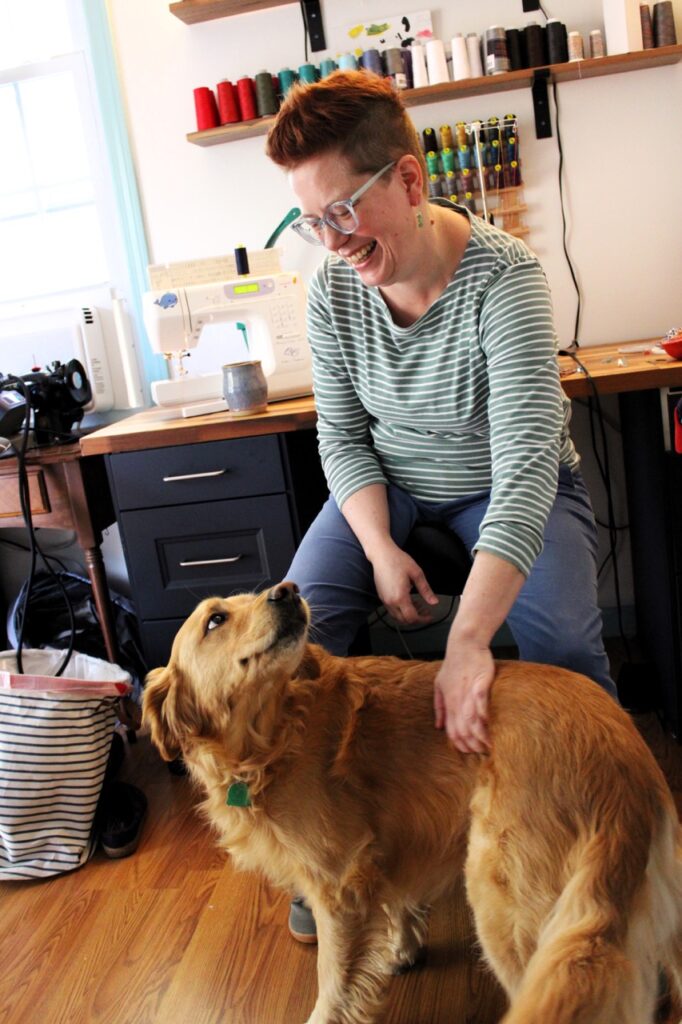
“When my daughter was about 18 months or so and started going to daycare, I started sewing for her,” recalled Wendt. “Then, people said, ‘Oh, your stuff is so cute – can I pay you to make us one of these?’”
At the time, the items that Wendt was sewing were fairly simple cotton dresses. She knew the basics of sewing, and the growth since then has been a learning process.
“I’d grown up sewing, weaving, knitting – and playing with fiber in all its forms – and I’d also worked in theater and I knew a bunch of costumers,” explained Wendt.
One of the most favorite costumes that she ever created was a frilled lizard with a working frill that raised and lowered with the use of the hoodie cords. “It went up and over the head to give it leverage.”
For Wendt, the fun was in creating that working element within the article of clothing. In this sense, Wendt is not just a seamstress, but an engineer of clothing. “I absolutely geek out about history, fashion history, fiber history.”
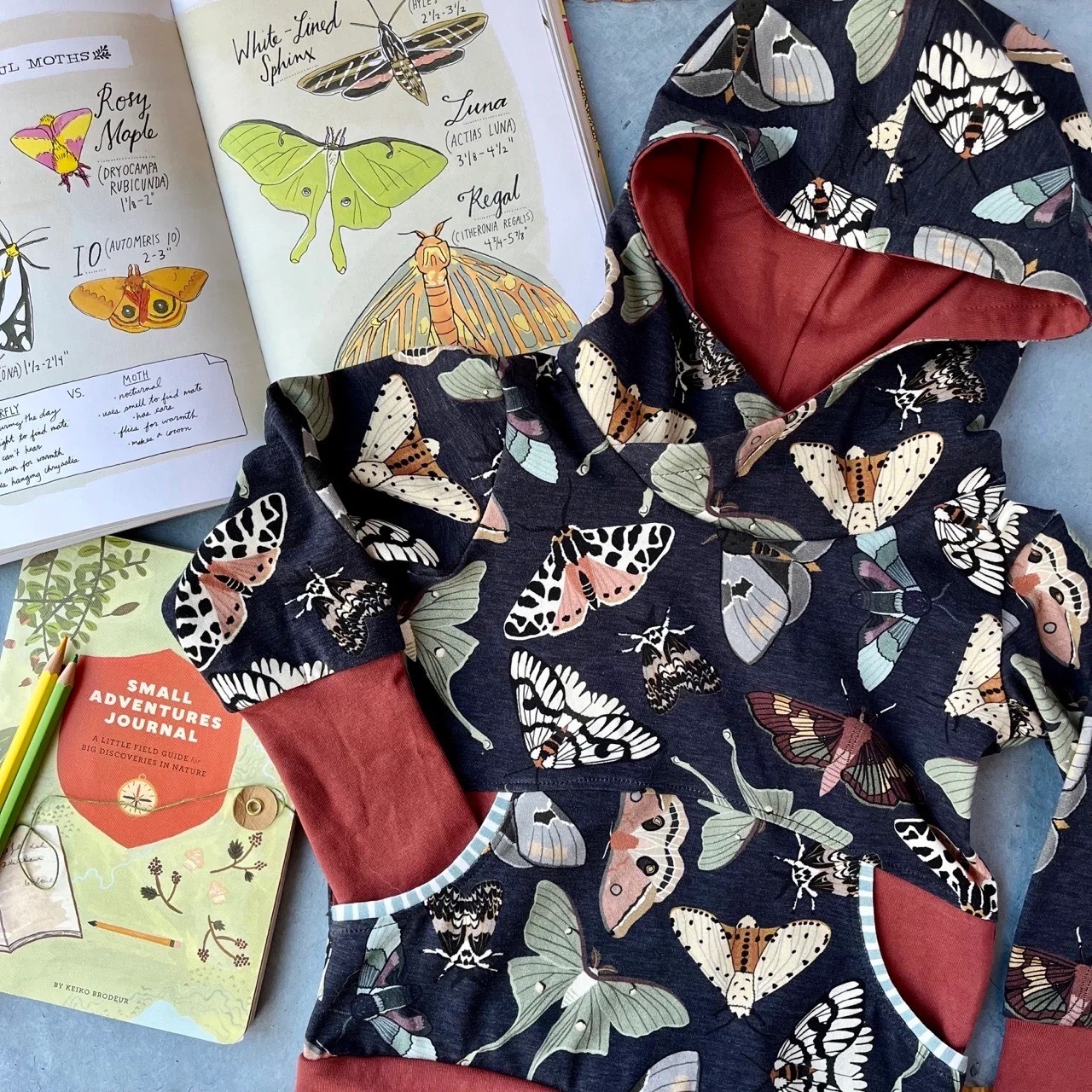
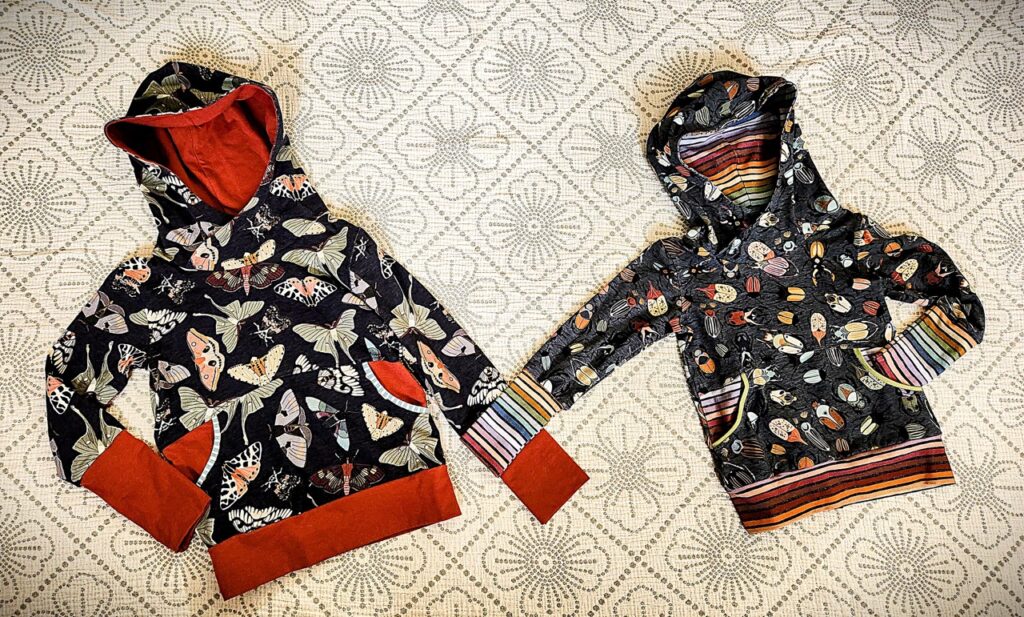
Wendt diverges to something that she was reading. “It was about knitting being used as a binary encoding system – like, during World War II. And, I always think of A Tale of Two Cities. There’s Madame Defarge, and she knits the story into her work. I went as her for Halloween one year, but nobody got it.”
Wendt does not plan on imbuing her clothing with secret messages, though – just pockets – really good ones.
Returning to her love of design, Wendt said that most of the fabrics she uses are made with a heavier weight, and are of European design – which Wendt acknowledged were of much higher quality than most American-made fabrics.
Loving a whimsical style and the quality of the European fabrics, Wendt started buying some of her specialty fabrics from Ella Randall of Wolf and Rabbit Fabrics in Sunderland – and the two became friends.
Randall’s designs feature garden vegetables against a blue background, gnomes in a forest of pines, the phases of the moon, beetles and moths, wildflowers, whales, feathers, toadstools, puffins, dinosaurs, toy trucks, woodland and farmland friends, pandas, rainbows, skulls, bats, and pumpkins, and lots and lots of coordinating stripes. Randall sends her designs to a European maker for printing.
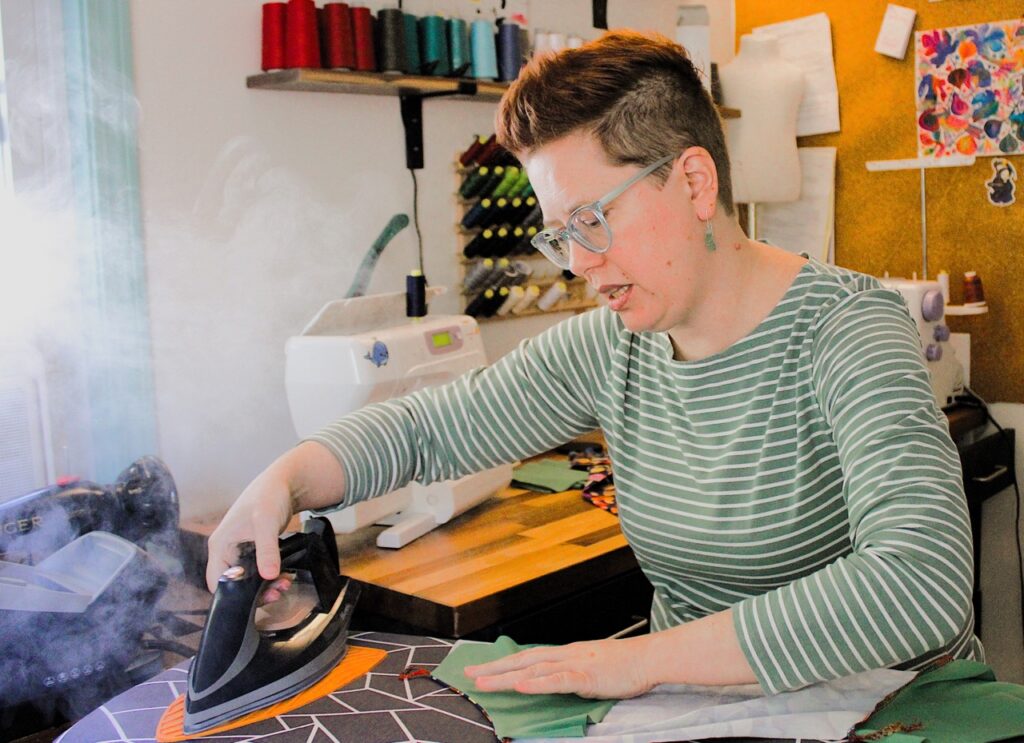
Randall’s experience in designing children’s clothing was also a contributing influence in how Wendt modeled her own children’s clothing brand.
With Wendt’s love of weaving and knitting, sewing children’s clothing out of knit fabrics came relatively easy – and soon Wendt had created a name for the business, “Warp Weft – but then I decided it didn’t quite fit what I was doing.”
Although Wendt’s children had grown older, she did have a five-year-old nephew at this time. “And, he was deep in the why?-phase-of-life when I was renaming it – and I did put pockets in everything – and you know, I just kind of stumbled across the name, and realized it wasn’t taken.”
During the pandemic, the business took on another role, and Wendt pivoted to “super cute” mask making. Slowly transitioning back to children’s clothing after the pandemic, Wendt’s business model began to focus more on the “grow-with-me-style clothing for kids.”
“I did this because – one, it fits longer – and two, if you’re going to pay $50 for a hoodie, it should fit for more than two seconds,” Wendt said, and laughed. “Also, I get a lot of grandmothers in my booth who don’t know exactly what size their kiddo is, and it helps to have the grow-with-me-sizing. And, having things that fit a wide range helps.”
Both practical and realistic, Wendt understands the “donation pile of doom” that can roll around in the back of a vehicle – possibly for weeks at a time; she understands that the tiny scraps of fabrics in her scrap drawer sometimes overflow, and that it is better to just fill another drawer with the overstock than waste usable fabric; and she continually stresses her desire for items to have a “very usable, and very every day” kind of goodness to them.
She looked into the fathomless pit of one of her scrap drawers, and sighed in humor and exasperation. Then, she threw her head back and laughed heartily.
“I’m working through my scrap bin of doom,” said Wendt. “Now, it’s out of control. But, they’re all scraps that I turn into booties, mostly, and these strips are just the right size for a pocket edging. I’m just constitutionally incapable of throwing any of it away.”
According to Wendt, Pocketful of Why “makes clothing for the adventures of childhood – colorful and interesting prints, sturdy and soft fabrics, grow-with-me-sizing, and pockets big enough for all your treasures. And because we support inclusion in all forms, we make clothes for grownups, too.”
When she enters her home studio, she throws on an audiobook, and she can zone out. She can be transported with a story, she can satisfy that creative outlet that fulfills her – she can be productive.
“And, if I’m swearing at my seam ripper, my seam ripper doesn’t get offended,” Wendt laughed. She sat down at one of the three workstations in the small home studio and introduced Rascal, the mannequin; Drama Queen, the temperamental cover stitcher; the not-yet-named serger machine; and more.
Returning to her prior jobs, Wendt said, “I was just talking this through with a friend of mine – it feels like the sewing is the odd man out, in a way.”
“My career path was tied together by a love of story – reading them, analyzing them, and telling them. Sewing – to me – feels more like it’s part of a very long ‘(hi)story’ of humans making and using cloth in various ways,” said Wendt. “That story is a fascinating one that has all kinds of interesting twists and turns. It’s a tenuous connection, but there’s a thread there – pun fully intended.”
All of Wendt’s roles and life experiences have prepared her to be a small business owner.
“I’ve worked for a lot of small companies where the phrase, ‘other duties as assigned’ shows up,” laughed Wendt. “If you don’t know how to do something – you research it and learn on the fly. I use that ability to research and learn, not only to hone my skills as a sewist, but also to hone my business skills and stay up to date on all the regulations I need to follow – as someone who makes children’s clothing.”
Her background in editing no doubt provided Wendt with an undeterred attention to detail and an ability to switch seamlessly from task to task and from role to role. Her time with the circus and in theater provided her with the ability to manage, an element of fun and of entertainment, and an appreciation for whimsy. Her role in communications honed her acute sense of business ethics and public interfacing.
“And, being a mom,” added Wendt, “also helps me design kids’ clothes with parents in mind. I know what it’s like to dress small wiggly babies – and kids with sensory sensitivities – and understand that clothing for kids needs to be super washable and durable. If it isn’t ‘mud-season-proof,’ it doesn’t make it into the lineup.”
The motivations and the business origin story go hand in hand, Wendt laughed, “I started sewing for enjoyment – and for therapy. For something to do, because I couldn’t work. I started sewing – because, why not? And then, people started buying them – and I just sort of taught myself. And, it is very therapeutic. Making stuff is just – very, very satisfying.”
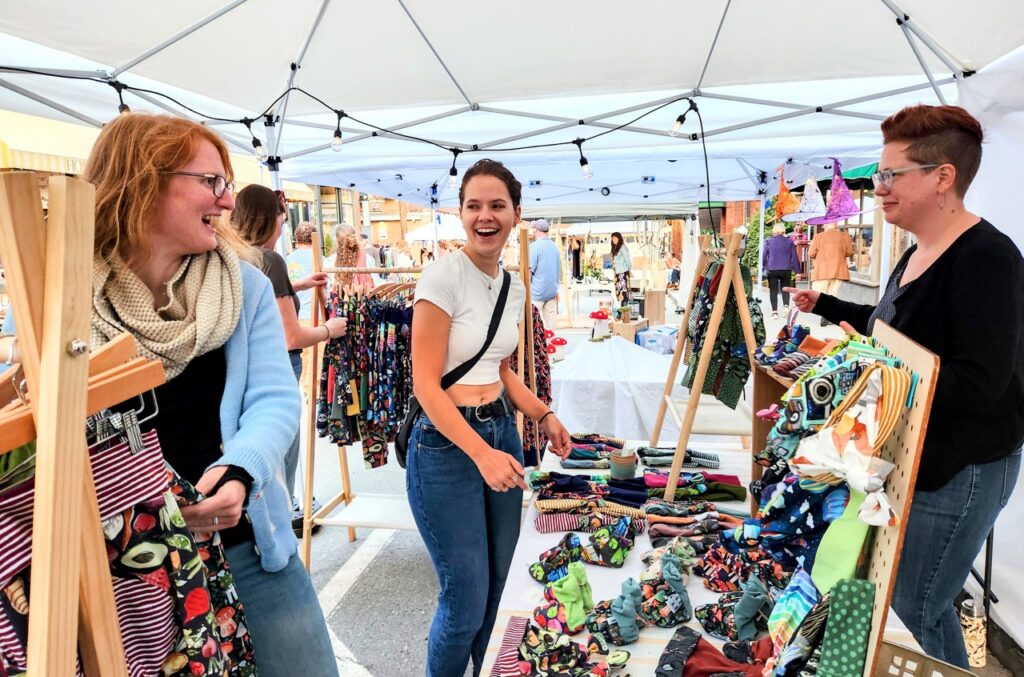
For the future, Wendt worries, “I mean, how do I scale the business sustainably – in a way that doesn’t lead to massive burnout? I have health issues, and I have to scale the business within what I’m capable of. I’ve been able to fit this into my life, and we all know the struggle of trying to find work that fits with parenting – especially, when you’re a single parent.”
For now – from Halloween costumes to adult clothing, and of course, the most whimsical children’s clothing available – Wendt takes custom orders. On the weekends and some weekday evenings, Wendt attends the Brattleboro Gallery Walk, the Brattleboro Flea, and other local craft fairs, festivals, and markets in the area – and sets up her Pocketful of Why tent.
Pocketful of Why’s clothing for kids and grownups, with “pockets big enough for treasures – and questions” can be found at their website.
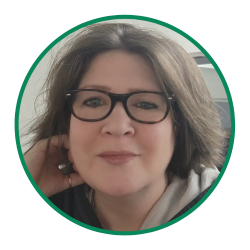
Danielle Crosier is a landlocked mermaid who found her way to Vermont by accident. She is a wife and mother, a former technical writer (10 years), former educator (19 years), and glass artisan with a background in marketing and strategic management. Her interests, though, lie mainly in studying and understanding systems and improving the lives of those around her. She also loves spending time with her precious children and their significant others, organizing, learning about social geography, creative endeavors, experimenting with various cuisines, and exploring the world around her.
